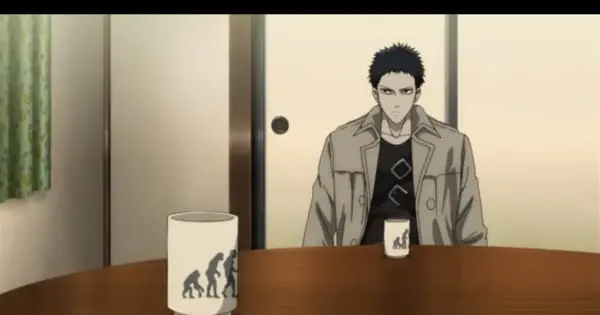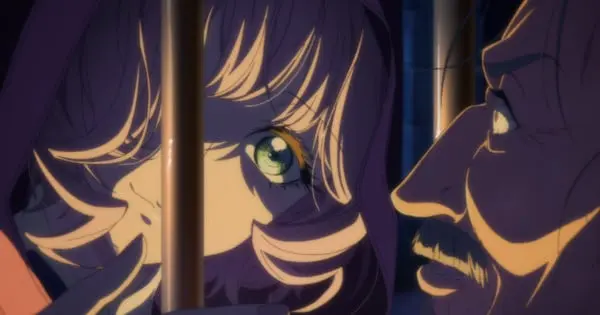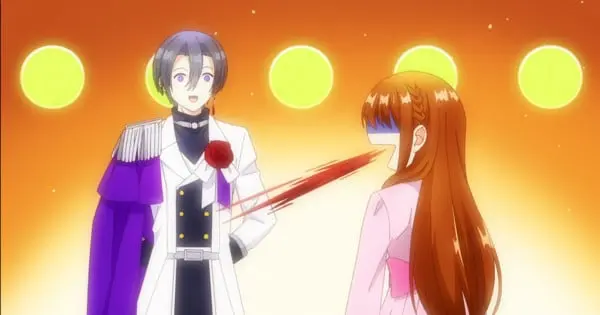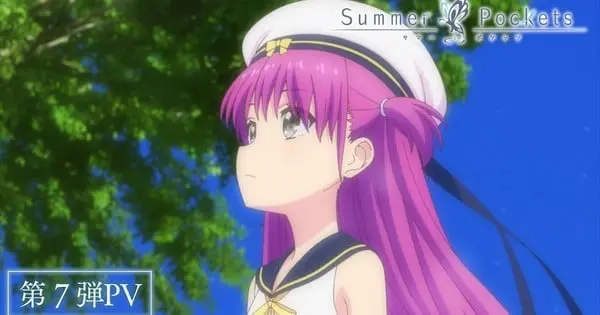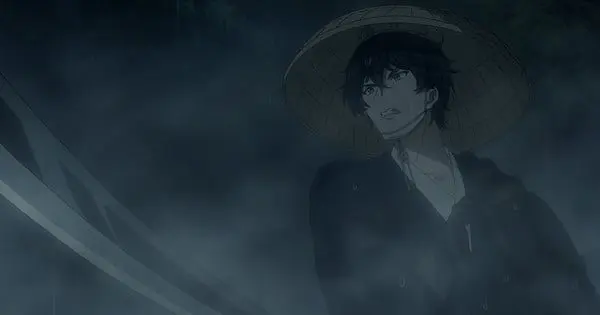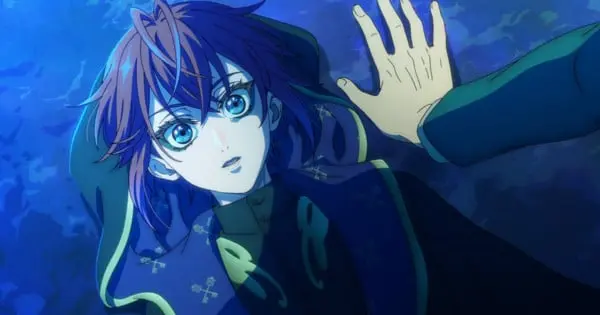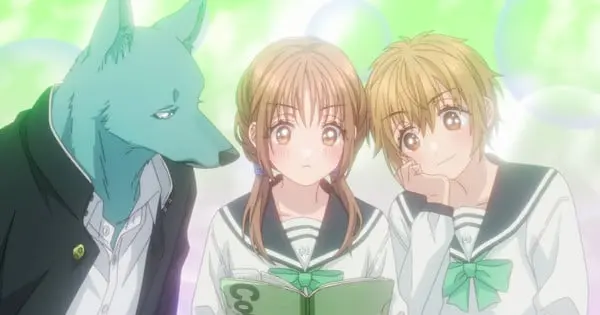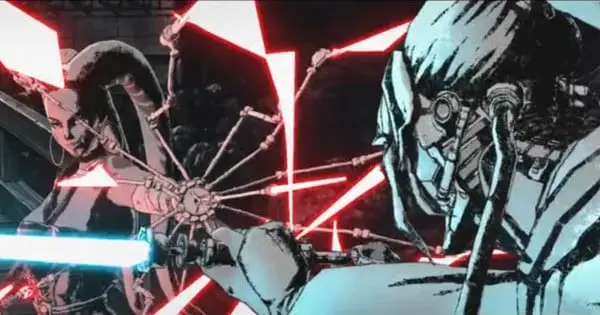The season premiere of any television series carries an immense burden: it must introduce a compelling world, establish key characters, hint at overarching conflicts, and, crucially, ensnare the audience, leaving them desperate for more. For a hypothetical dark fantasy series like “Sword of the Demon Hunter,” this inaugural episode becomes even more critical, tasked with immediately immersing viewers in a grim, often brutal, and morally complex landscape. A successful dark fantasy premiere doesn’t just entertain; it confronts, challenges, and defines the very essence of its universe.
The Imperative First Impression: Setting Tone and World
The initial moments of a season premiere are paramount for any show, but especially within the dark fantasy genre, where establishing a distinct atmosphere is vital. Unlike high fantasy, which often evokes wonder and heroism, dark fantasy embraces grittier realities, moral ambiguity, and frequently incorporates elements of horror. Therefore, the “Sword of the Demon Hunter” premiere would need to instantly convey this somber and perilous tone. This could be achieved through visual storytelling – perhaps a desolate landscape, a haunted ruin, or a scene of immediate, brutal conflict that underscores the ever-present danger. Sound design, too, would play a crucial role, utilizing discordant scores or chilling ambient noises to heighten the sense of dread.
World-building in a premiere must be efficient and impactful, avoiding excessive exposition that can overwhelm new viewers. Instead, the world of “Sword of the Demon Hunter” should be revealed through the characters’ experiences and interactions. For instance, ancient prophecies or historical calamities, common tropes in fantasy, could be hinted at through crumbling architecture, cryptic dialogue, or the visible scars on the land or its inhabitants. The premiere needs to show, not just tell, the dire state of the world the demon hunter inhabits. Is magic a force of salvation or corruption? Are the ruling powers benevolent or tyrannical? These questions should emerge organically from the unfolding narrative, piquing curiosity rather than demanding an immediate, comprehensive understanding.
Forging the Protagonist: Introducing the Demon Hunter
Central to any fantasy series is its protagonist, and in dark fantasy, this character often embodies the genre’s inherent conflicts and moral shades. The introduction of the “Demon Hunter” character in the premiere is paramount. There are several effective approaches to achieving this. One is to showcase the protagonist as a “badass in their element,” immediately demonstrating their unique skills and capabilities in facing the threats of their world. Imagine the Demon Hunter already engaged in a tense, brutal confrontation with a monstrous entity, quickly establishing their proficiency and the nature of their work. This method, exemplified by characters like Geralt in The Witcher, immediately hooks the audience with action and competence.
Alternatively, the premiere could introduce a “reluctant hero” – someone burdened by their past, their destiny, or the grim realities of their calling. This approach allows for a deeper exploration of character flaws and internal struggles from the outset, making the protagonist more relatable and their journey more compelling. Perhaps the Demon Hunter is jaded, scarred by previous encounters, or haunted by a personal tragedy, such as the loss of loved ones to demonic forces. Sharing an integral piece of their backstory early on, even subtly, can provide crucial motivation and depth.
Regardless of the chosen introduction, the premiere must quickly establish what drives the Demon Hunter and what makes them unique within their profession. Are they driven by vengeance, duty, or a desperate hope for a world free of demonic influence? Their initial interactions with other characters, whether allies or adversaries, can further illuminate their personality, moral compass, and the relationships that will shape the series.
Narrative Hooks and Stakes: Drawing Audiences In
A compelling season premiere hinges on potent “narrative hooks” that create immediate intrigue and a desire to know what happens next. For “Sword of the Demon Hunter,” these hooks should align with dark fantasy’s emphasis on high stakes and grim consequences.
One effective hook is to introduce a “big secret” early on, generating tension as the audience anticipates its revelation. This could be a hidden truth about the demon hunter’s past, a concealed power, or a clandestine organization pulling strings from the shadows. Another powerful hook is to present a situation of profound “injustice” or unfairness, immediately evoking empathy for a character and a longing for retribution or resolution. This could involve the suffering of innocents, a betrayal, or a systemic corruption that the Demon Hunter is uniquely positioned to confront.
The premiere must also clearly define the stakes. In dark fantasy, these stakes are rarely confined to individual survival; they often encompass the fate of communities, magical systems, or even the world itself. The “Sword of the Demon Hunter” premiere should introduce a threat that is not only terrifying but also possesses far-reaching implications, escalating the conflict beyond a simple monster hunt. This immediate sense of dire consequence ensures viewers understand the gravity of the Demon Hunter’s mission and the potential cost of failure. The episode should conclude with a “daring cliffhanger” that leaves audiences desperate for the next installment, a technique famously employed by successful fantasy premieres like Game of Thrones.
Genre Expectations and Subversion
Dark fantasy, while distinct, often plays with established fantasy tropes. A strong premiere for “Sword of the Demon Hunter” can leverage these expectations. Common tropes include the “Chosen One,” a “mentor and protégé” dynamic, “epic quests,” “ancient prophecies,” and the classic “good vs. evil” struggle. While the series might feature a protagonist who is destined for greatness or guided by a wise, if world-weary, figure, its “dark” classification suggests these tropes will be presented with a more cynical, nuanced, or even tragic lens.
For example, if the Demon Hunter is a “Chosen One,” their destiny might be a curse rather than a blessing, fraught with personal sacrifice and moral compromises. The “good vs. evil” binary might be blurred, with heroes forced to commit morally dubious acts and villains possessing understandable, if twisted, motivations. Magic, rather than being a clean, benevolent force, could come with severe “consequences,” demanding immense personal cost or leading to unforeseen horrors, as seen in The Magicians.
The premiere’s effectiveness lies in its ability to both satisfy genre fans with familiar elements and surprise them with subversions. This balance keeps the narrative fresh and unpredictable, compelling viewers to continue watching to see how these well-trodden paths are twisted and redefined within this darker context.
Visual Storytelling and Atmosphere
Beyond narrative, the visual and auditory elements of a dark fantasy premiere are crucial for establishing its immersive atmosphere. The title sequence itself can set the mood and tone, preparing the audience for the world they are about to enter. For “Sword of the Demon Hunter,” this could involve a visually striking opening that hints at the show’s mythology, characters, and the grim nature of its conflicts, without giving away too much.
The overall aesthetic should be consistent with the dark fantasy genre, utilizing lighting, color palettes, and production design to evoke a sense of decay, despair, or creeping dread. Whether depicting sprawling, ancient cities or desolate, monster-infested wilds, the visual presentation must reinforce the perilous reality of the Demon Hunter’s world.
Conclusion
The season premiere of “Sword of the Demon Hunter” serves as the foundational stone for the entire series. It must be a masterclass in world-building, character introduction, and narrative hooks, all while firmly establishing its dark fantasy credentials. By immediately conveying a grim tone, presenting a compelling and complex protagonist, and setting up high-stakes conflicts with enticing narrative questions, the premiere can successfully draw viewers into its shadowy realm. It is a promise of the journey to come – one filled with brutal challenges, moral ambiguities, and the constant struggle against the encroaching darkness.


